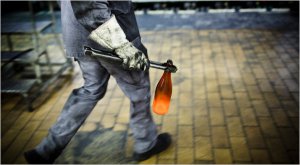An exclusive seven-city series celebrating the launch of Libra Scale.
Moet & Chandon, the world’s premier champagne since 1743, and Def Jam Grammy-award winning singer, songwriter, composer, producer and actor NE-YO announce their collaboration on a seven-city fall event series, The Moet Rose Lounge presents NE-YO’s Champagne Life. An extension of the popular Moet Rose Lounge summer series that featured The Dream, these fall events will be private, invitation-only evening affairs hosted in New York City, Atlanta, Chicago, Washington, D.C., Baltimore, Cleveland and Detroit to celebrate the launch of Libra Scale available on Tuesday, October 19th, 2010.
Inspired by the first single from Libra Scale – “Champagne Life” – Moet & Chandon’s Nectar Imperial Rose, the #1 Rose Champagne in the United States and the preferred champagne choice of the Libra Scale album release tour, will be featured. NE-YO will host the events and will give guests a musical sampling preview of Libra Scale, a monumental concept album that tells the story of the rise of R&B’s first superhero squad, The Gentleman, a trio of garbage men who are granted special powers, money, fame and women sans love.
The Moet Rose Lounge presents Ne-Yo’s Champagne Life will take place in September and October 2010 at locations to be disclosed.
Moet & Chandon



